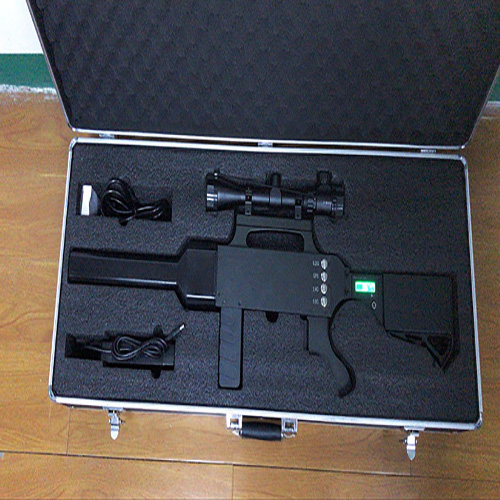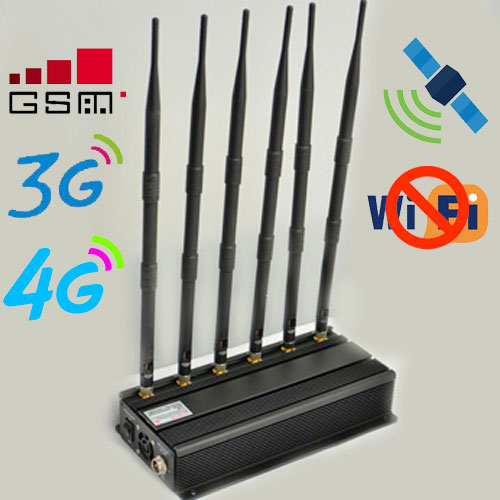The working frequency and signal strength of the UAV signal jammer are higher than the expected signal of the receiver. Therefore, if the jammer has sufficient power and a sufficiently wide signal spectrum, it may block all receivers in one base station. Another method is to jam the copy of the expected signal and trick the receiver into receiving the interfering signal instead of the expected signal.
The U.S. Army hopes that signal transmitters now installed on drones will dominate electronic warfare (EW) and is turning to a contracted transmitter that is poorly understood and not strictly regulated. According to four U.S. officials, the Russian military has been using GPS to intercept drone jammers to interfere with some U.S. military drones operating in the Syrian sky, which has seriously affected U.S. military operations.

A few weeks ago, the Russians began to interfere with some smaller American drones. Officials explained that the Russian military was worried that the US military would retaliate for the retaliation and began to block the GPS systems of drones operating in the area.
However, in another case, the wireless link is particularly vulnerable and is deliberately blocked. Here, someone deliberately uses a particularly effective attack against a specific link or link family to prevent the link’s communication capabilities. For malicious purposes, such as profit-making purposes, or to gain military advantage during wartime, you can try to block. The GPS agency of the US government is convinced that commercial aircraft “maintain alternative navigation methods” to prevent terrorist attacks. The agency said: “The government is currently sending new GPS signals, which are more resistant to interference.”




